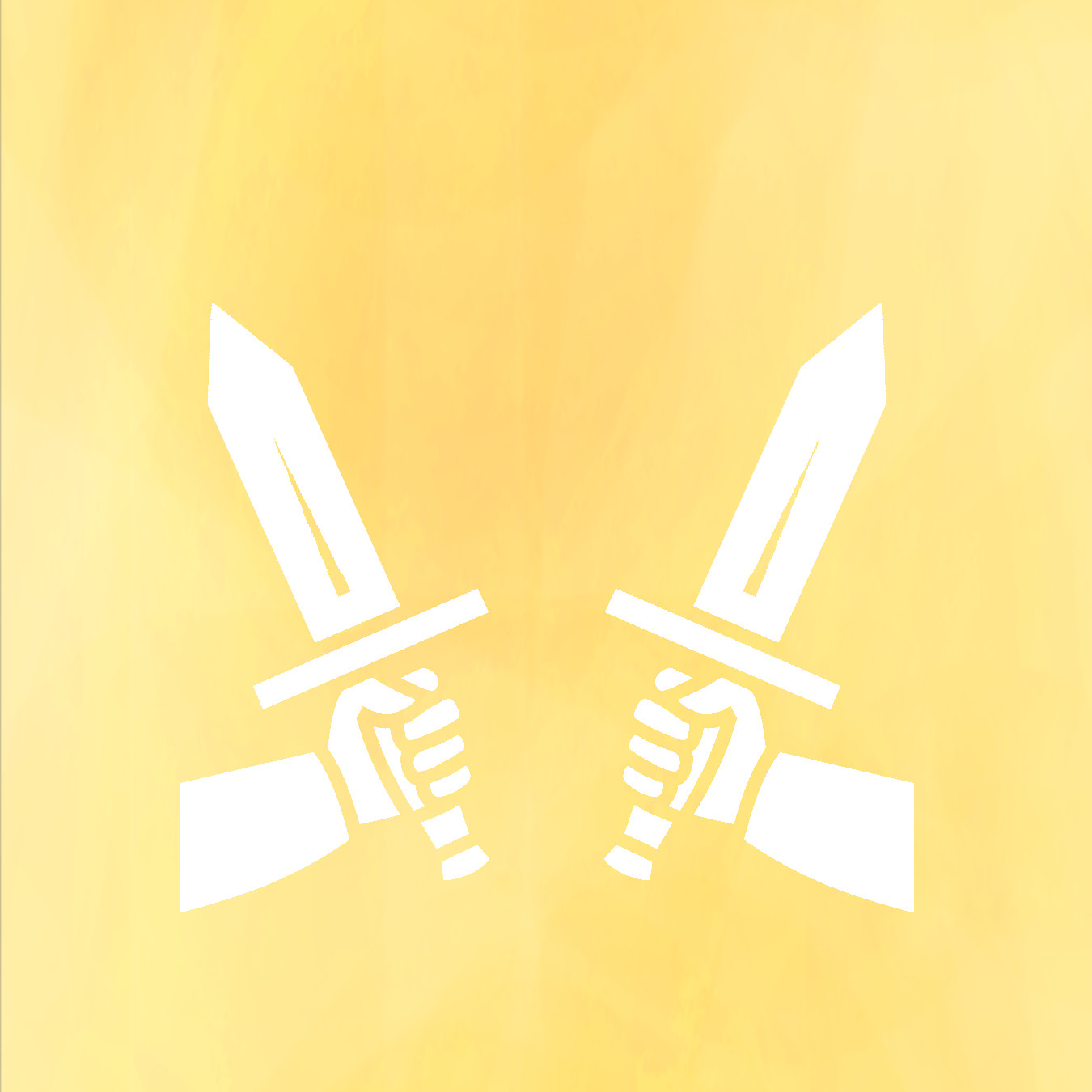
Direct conflict, while a common part of many board games, is often a mechanic that is purposefully avoided because of its potential to cause hard feelings or create an unsatisfactory experience for players. However, when implemented correctly, it can really add a lot of purpose and direction to games, and encourage much more player interaction throughout the game.
Some of my favorite games, including Chess, utilize direct conflict as a core part of the game, and make for experiences that are engaging and invite further play. Let’s take a brief look at how we can create games that include direct conflict without creating anger or contention.

Overview of Direct Conflict
Direct conflict has been a part of tabletop games for centuries, and is found in many 2-player games, as that format naturally seems to lend itself to a battle or a duel. Direct conflict in tabletop games can be described as anything that encourages players to intentionally inhibit or interrupt other players throughout the course of the game.
This definition both includes and goes beyond what many people refer to as “Take that!” mechanisms, which usually describe abnormal actions that are used mainly or exclusively to inhibit another player rather than to directly help oneself (though in doing so, the attacking player often draws closer to victory as well, since victory in games is often comparative in nature). Direct conflict, however, goes well beyond “Take that!” to include ongoing competition as in Risk or Falconry, as well as actions to directly inhibit multiple other players at once, as in Saboteur or Secret Hitler.
Important Considerations with Direct Conflict
As mentioned above, designers hoping to implement direct conflict have an array of options including thematic battle encounters, cards to assign penalties to other players, and simple action blocking to get ahead.
While considering opportunities for direct conflict, designers need to consider whether to make it a core part of the theme, or whether to instead make it more incidental. As a general rule, direct conflict that is a core part of the game is easier for players to implement and accept, while direct conflict that is an unnecessary option can sometimes cause more disappointment and distress. As an example, players expect conflict when playing Bang!, while being robbed from in Settlers of Catan always hurts a little more.
The biggest difference between seeing direct conflict as a puzzle instead of as an irritating obstacle often comes from helping players expect the setbacks rather than making them an arbitrary surprise. As you include direct conflict in your games, try to find thematic and logical ways to include it that flow naturally during gameplay and involve the players well.
Cautions and Tips for Using Direct Conflict
Care must be taken when including direct conflict in a game, as it can cause parts of the game to be distasteful or unpleasant for many players if implemented wrong. Because of this, when implementing direct conflict, game designers should consider what emotions the game is designed to encourage and plan for that.
For example, while direct conflict is an important part of The Resistance, player anonymity helps replace frustration and anger with mystery and intrigue. Pentago involves conflict in a way that is expected, which makes it more intellectually engaging than frustrating. Coup often gives players a chance to fight back using bluffing and challenges, which invites players to step up to the challenge rather than merely feel defeated.
The best guide for adding direct conflict to a game is to pay attention to how players feel when direct conflict is introduced. If the game feels insulting or confrontational, or even if it just feels disappointing or discouraging, remove or adjust the conflict opportunities until all players can enjoy the game and feel like they still have a good chance at winning.
This tip also applies to conflict introduced by the game itself, whether events that affect players or arbitrary inhibitions in the rules. People play games to have fun and enjoy the experience, and anytime conflict stops being a fun challenge and starts becoming a source of frustration, the conflict should be reevaluated and either changed or completely removed. The question of what aspects are really necessary to the game design and play is a great one to ask whenever this situation arises.
What are some interesting ways you have seen direct conflict be used as a part of a game? How have you used it in ways that encourage positive player interaction? Please comment below with your thoughts!
Direct conflict in tabletop games can be described as anything that encourages players to intentionally inhibit or interrupt other players throughout the course of the game. Direct conflict is often found in 2-player games, and goes well beyond “Take that!” mechanisms to include ongoing competition throughout the game and actions to affect all opponents at…

Examples of Games that use Direct Conflict
Please note: Through the Amazon Associates program, we earn from any qualifying purchases.
Other Tabletop Game Mechanics to Explore
- Action Drafting Mechanic
- Alliances Mechanic
- Auctioning Mechanic (Part 1/2)
- Auctioning Mechanic (Part 2/2)
- Bluffing Mechanic
- Board Game Mechanics: An Overview
- Component Drafting Mechanic
- Cooperation Mechanic
- Dice Rolling Mechanic
- Direct Conflict Mechanic
- Elimination Mechanic
- Engine Building Mechanic
- Finance Mechanic
- Irregular Turn Order Mechanic
- Memory Mechanic
- Negotiation Mechanic
- Random Selection
- Social Deduction Mechanic
- Tile Placement Mechanic
- Unique Abilities Mechanic
- Worker Placement Mechanic
Are there other game mechanics or topics that you would like to see explored further? Please comment below with any requests!

[…] Direct Conflict […]